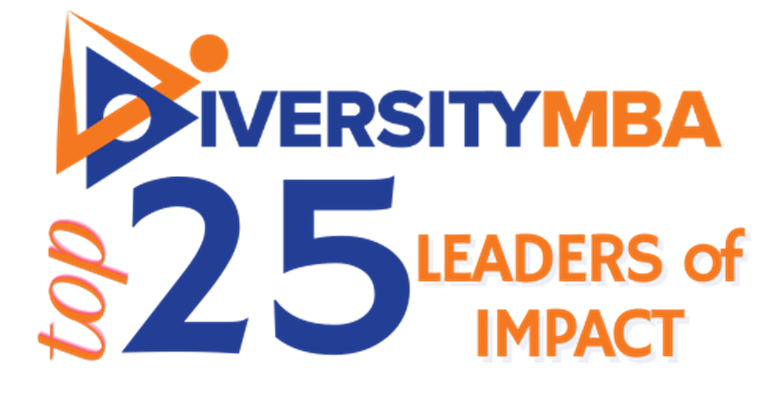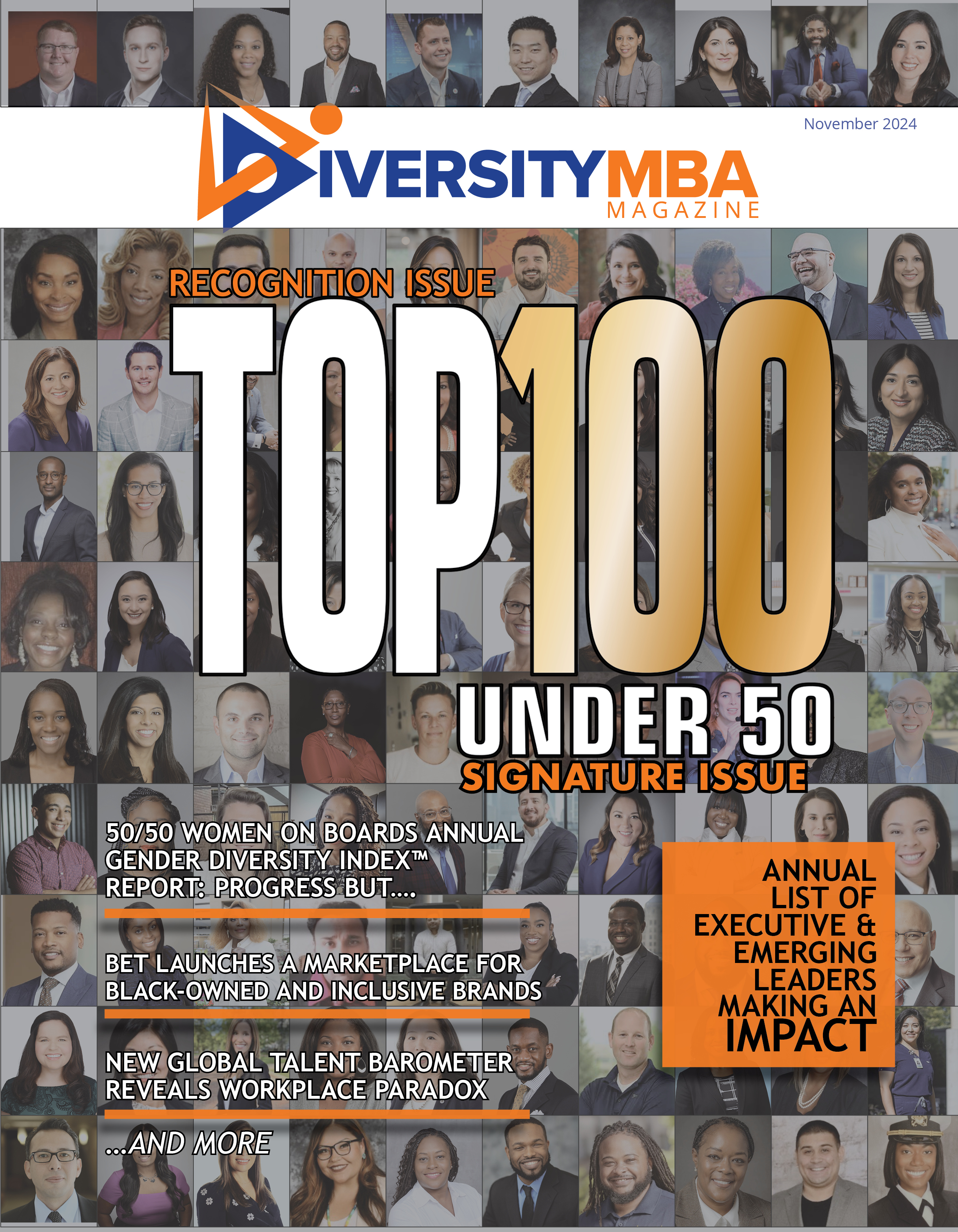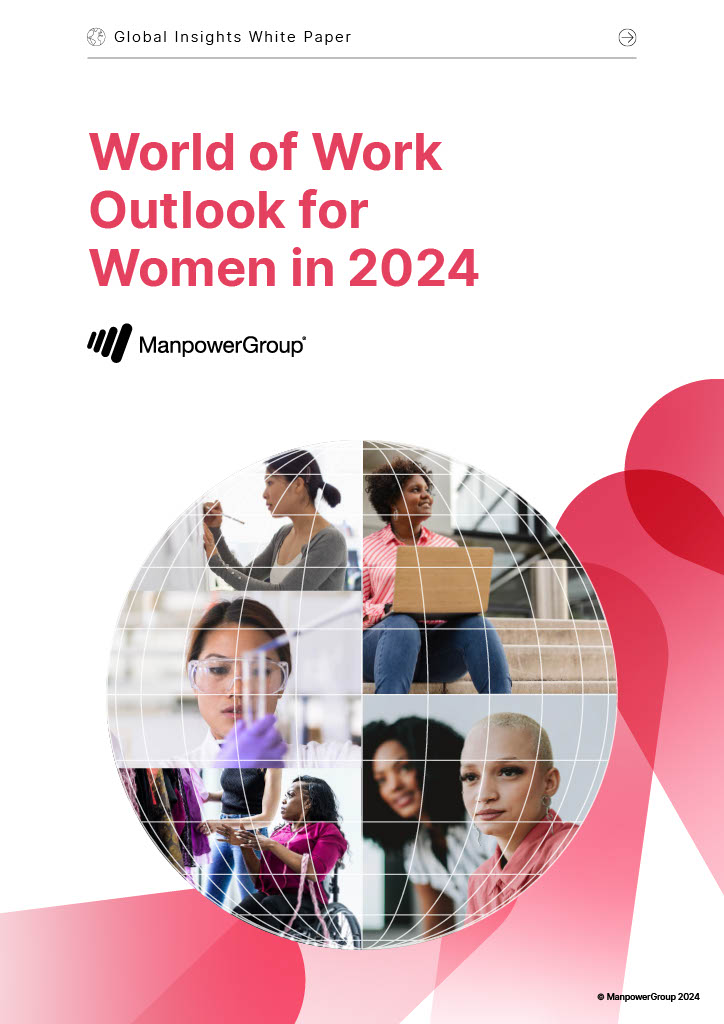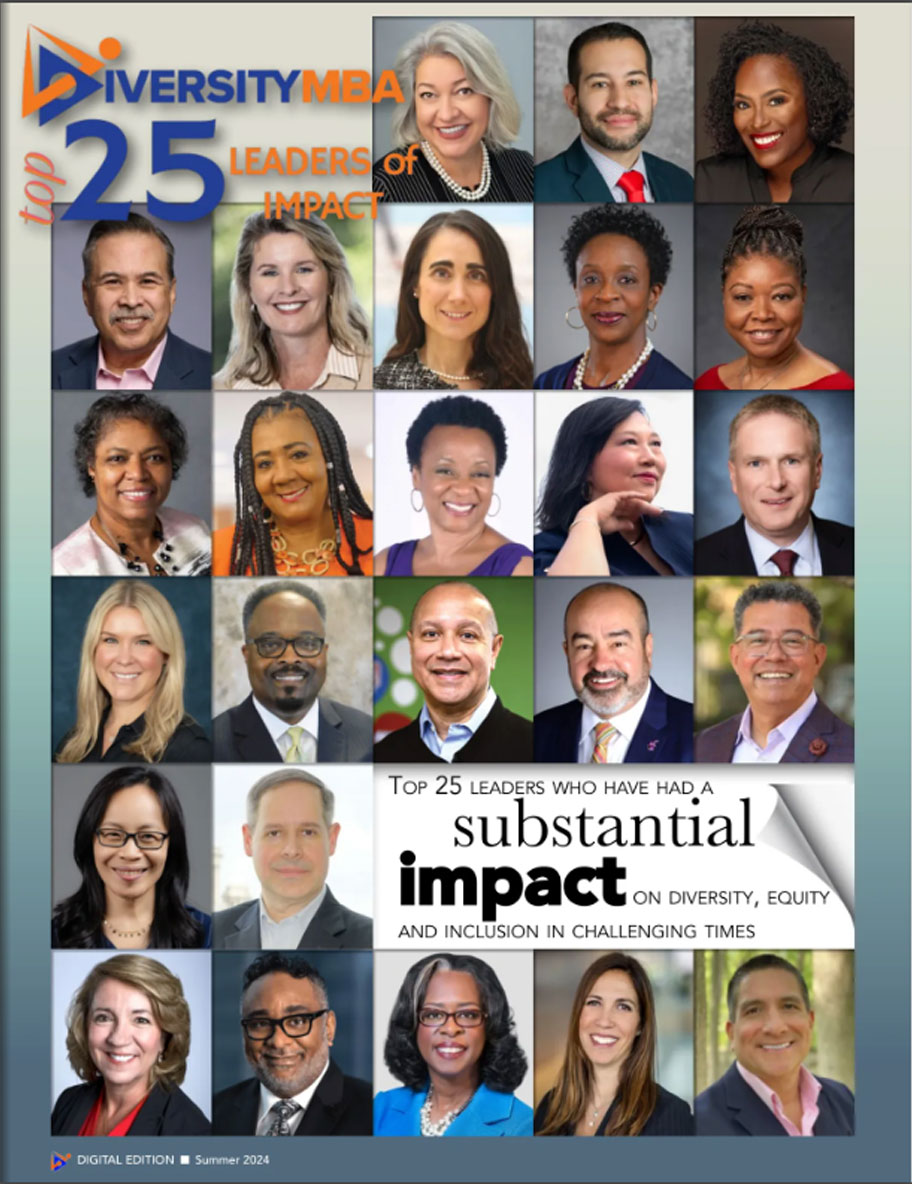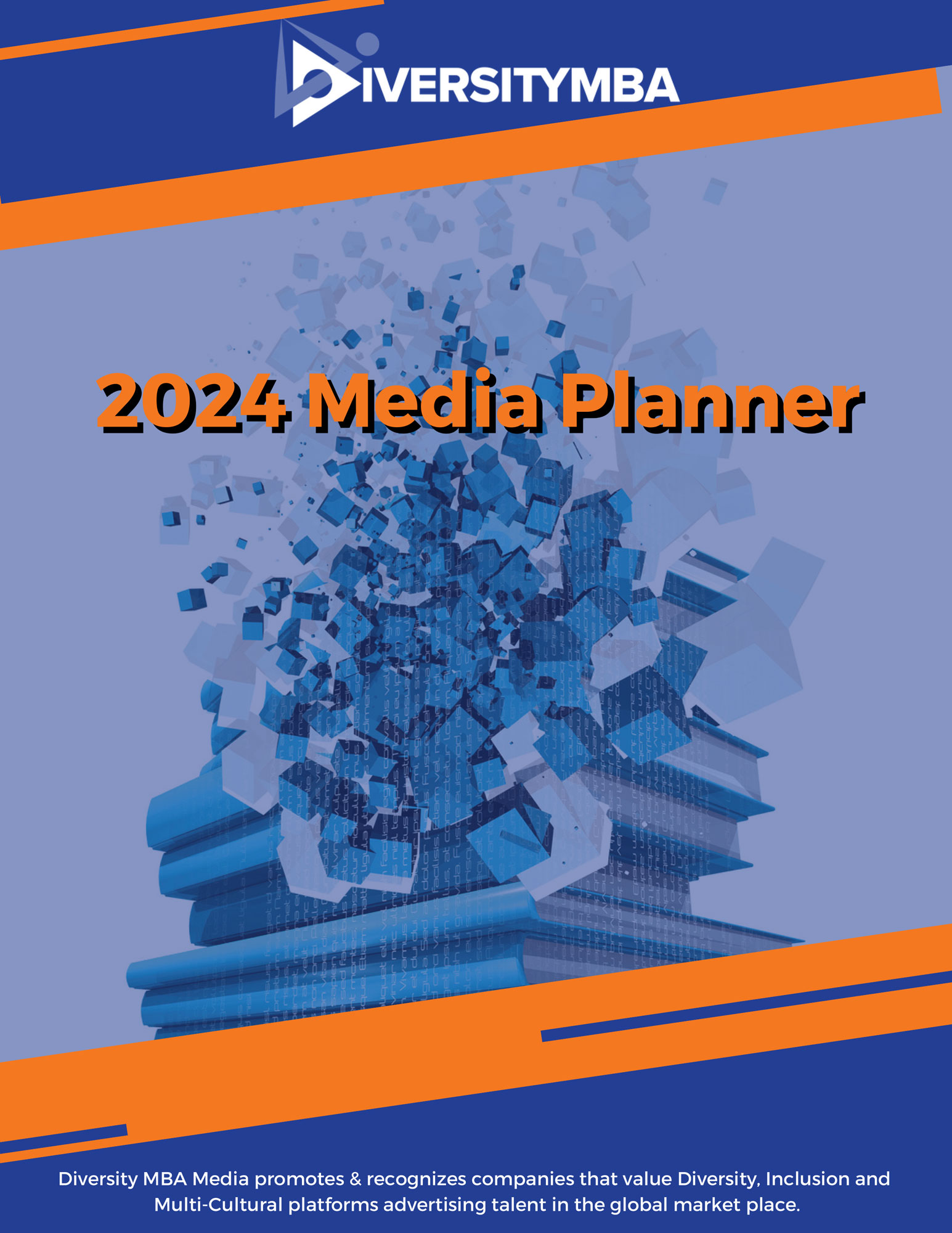In today’s fast-changing environment, the companies best positioned to outperform their competitors are those that consistently recruit and retain top talent. With an estimated 7 million lesbian, gay, bisexual, and transgender (LGBT) employees in America’s private sector, employers that are slow to create LGBT-friendly workplaces risk missing out on a substantial pool of skilled talent. Moreover, the consequences of alienating workers are significant. Losing and replacing the more than 2 million American workers who leave jobs due to unfair treatment and discrimination costs employers an estimated $64 billion each year.
In 2012, it is legal to fire someone for being gay or lesbian in 29 US states. Not surprisingly, LGBT job seekers pay particular attention to which employers are known for having a diverse workplace, including treating LGBTs equally and fairly. One tool at a company’s disposal is the annual Corporate Equality Index (CEI), published by the Human Rights Campaign, which evaluates companies on factors ranging from their nondiscrimination policies to the strength of their benefits programs for LGBT employees. In 2012, 190 businesseswere recognized as being a “Best Place to Work for LGBT Equality” by scoring 100%.
Research shows these factors make a difference to where LGBTs choose to work. When it comes to making career decisions, 83% of LGBTs surveyed indicate it is important that their employer offer equal health-insurance benefits to all employees. This is especially true for transgender employees, since many of the medical costs associated with transitioning procedures are not covered by the majority of employer-provided insurance plans.
Factors outside of the workplace also impact where LGBTs choose to work. While there are no U.S. federal mechanisms to prevent workplace discrimination on the basis of sexual orientation or gender identity and expression, there have been advances regarding marriage equality and relationship recognition in various states. Six states and the District of Columbia allow same-sex couples to marry, and nine more recognize broad domestic partnerships and civil unions. In a recent survey, 68% of LGBTs said they would prefer a job with an employer in a state where same-sex marriages are recognized over an employer in a state that doesn’t recognize them.
For companies seeking to incorporate LGBT equality into their workplace inclusion and diversity strategies, there are two critical areas where small changes can have a significant impact: Recruitment and Retention.
Recruitment
A company’s approach to talent acquisition must include an eye toward diversity, including taking into consideration the state of LGBT issues in the U.S. and abroad. Some methods to demonstrate a commitment to inclusion and diversity, especially when looking to attract talented candidates who are LGBT include:
- Highlighting the policies and benefits relevant to LGBT employees on their web sites (especially in the career section), including global programs and how they may differ from those in the U.S.
- Implementing campus recruiting programs and highlighting inclusion and diversity information in outreach and education efforts.
- Partnering with LGBT student-focused, on-campus organizations that connect employers with LGBT undergraduate and graduate students. Examples include Out for Work (www.outforwork.org), which focuses on LGBT undergraduates, and Reaching Out MBA (www.reachingoutmba.org), which addresses needs of LGBT graduate business students.
- Communicating LGBT-friendliness through outreach programs and awards or by sponsoring LGBT non-profit community organizations.
- Participating in events such as the Out & Equal Workplace Summit, an annual conference where more than 2,500 individuals, human resources professionals, diversity managers, employee resource group leaders, and allies share best practices and formulate strategies based on their commitment to LGBT equality in the workplace.
Retention
Once diverse job candidates have been recruited, it is vital to have a workplace environment in which all employees are treated fairly and respectfully, have equal access to opportunities and resources, and can contribute fully to the organization’s success. Organizations recognized for exceptional inclusion and diversity practices often have programs that include:
- Establishing LGBT employee resource groups to provide leadership and growth opportunities for LGBT employees and serve as a vehicle to educate leaders about issues important to LGBTs in the workplace. Such groups also serve as ambassadors to the LGBT community.
- Mentoring and leadership development programs for diverse employees, including LGBT, as well as programs to educate senior leaders and employees in general about diversity issues.
- Including LGBT content in inclusion and diversity training.
- Creating partnerships with LGBT non-profit organizations to demonstrate commitment to LGBT issues and offering volunteer opportunities relevant to these communities.
Organizations leading the pack with their inclusion and diversity efforts are realizing the tremendous benefits and opportunities afforded by tapping into pools of skilled workers, regardless of gender, sexual orientation, ethnicity, or background. Actively taking steps to embrace diversity will help organizations establish themselves as not only welcoming LGBT workers, but also realizing the positive impacts of diverse workforces: higher degrees of employee engagement, more collaborative and innovative workgroups, and a better understanding of multicultural customers.
Wes Combs is a senior manager and co-lead for the inclusion & diversity offering within the Accenture Talent & Organization management consulting practice. He has over 24 years of experience working with Fortune 500 companies to understand how diverse segments of the population impact their organizations and helping them to integrate cultural competency into their DNA. For the past 18 years, he was the president/co-founder of Witeck-Combs Communications. He is co-author of Business Inside Out: Capturing Millions of Brand-Loyal Gay Consumers, the first business book on marketing to the LGBT market.
